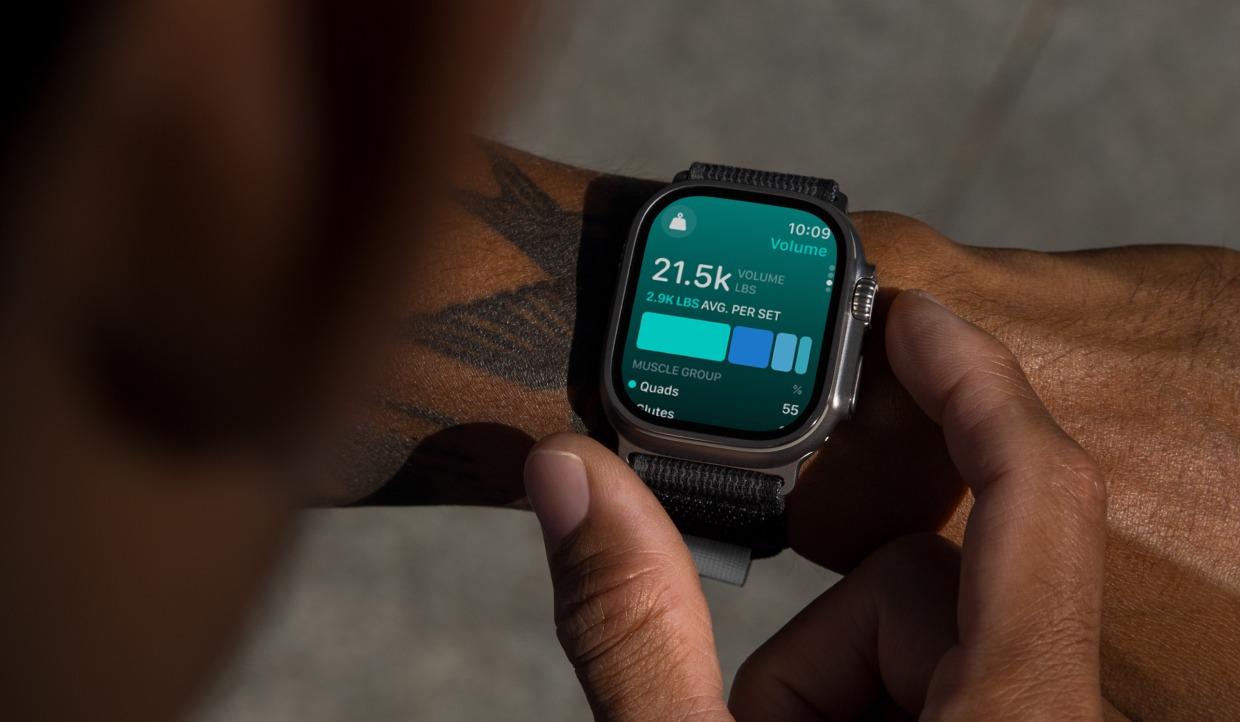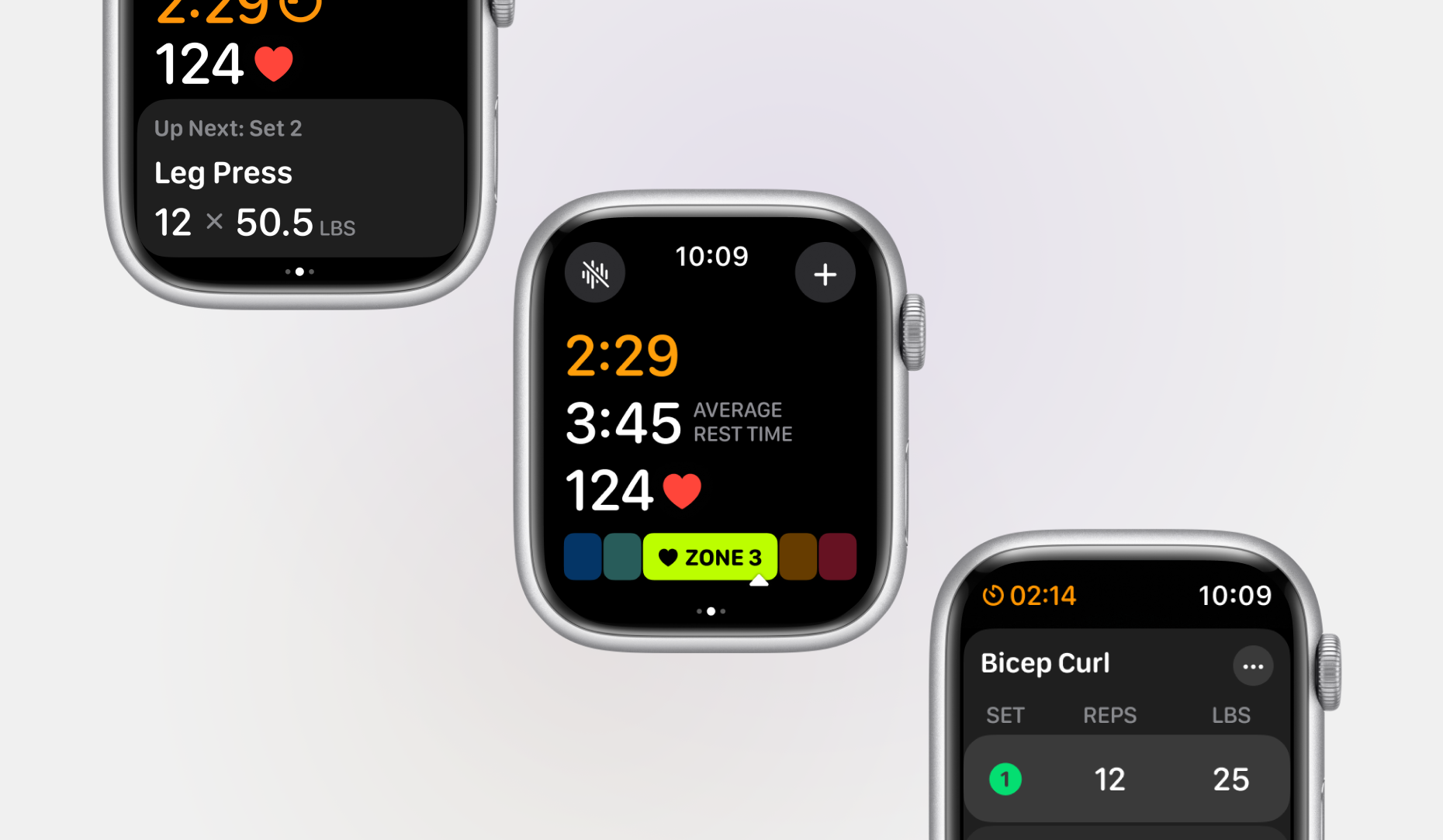
Training
October 05, 2024
The Importance of One-Rep Max and Other Key Strength Training Metrics
Strength training isn’t just about lifting weights—it’s a science built on data. These metrics provide the foundation for smarter programming, effective progression, and injury prevention.
While many lifters focus on their one-rep max (1RM), it’s only one part of the bigger picture. Understanding a few key metrics can help you program your workouts more effectively and achieve better results over time.
Key Strength Training Metrics
Rep Max
A rep max represents the most weight you can lift for a certain number of repetitions. The most well-known is the 1RM, but there are other valuable rep maxes, like the 3-, 5-, and 10-rep max, which indicate the heaviest weight you can lift for three, five, or ten reps, respectively.
Once you know one rep max, you can estimate others fairly accurately using available calculators.
Daily Max
The daily max isn’t set in stone like a rep max. It reflects the heaviest weight you can lift on any given day and fluctuates based on your readiness—factors like nutrition, sleep, hydration, and stress all play a role in determining it.
Training Max
A training max is usually set at 85-90% of your 1RM and serves as a guideline for your workouts. It’s used to structure your program and ensure you train heavy enough without constantly pushing yourself to the limit.

Projected Max
Projected max is an estimation of your 1RM strength based on a different lift. It’s calculated with a formula like:
(weight × reps × 0.0333) + weight.
This is a useful tool to estimate your max strength without actually testing it, which can be physically taxing.
Using These Metrics in Your Training
Rep Maxes
Rep maxes show what you can lift under optimal conditions—after adequate rest, nutrition, and recovery. Tracking these maxes helps you gauge the overall trajectory of your training, giving you a clear indication of your progress and long-term strength development.
Daily Max
Using your daily max is an effective way to adjust your programming based on how you feel on any given day. To determine your daily max, you typically work up to a heavy single rep. This becomes the basis for the rest of your workout, where you can adjust the weight for back-off sets accordingly.
Training Max
Your training max is a reliable guide for percentage-based training. Rather than always working up to a daily max, you can base your workout on your training max, pushing yourself just enough without overreaching.
Projected Max
A projected max allows you to calculate your 1RM without performing a max-out lift. For example, if you can lift 100 kilos for 10 reps, your projected max will be around 133 kilograms. This allows you to structure your workouts using calculated percentages that are still challenging but safe.

Track Your Progress with Train Fitness
With Train Fitness, you can easily track key strength metrics for each exercise. Train Fitness offers detailed stats and trends, helping you understand your progress and optimize your training to reach your full potential.
Share This Article:
Recommended

Training
October 01, 2024
How to Progress in Strength Training: Adjust the Load, Reps, or Rest Period?
Progressing in strength training isn't just about lifting heavier. Learn the best ways to boost your workouts, whether it's adjusting load, reps, or rest periods, to maximize results based on your goals.

Training
August 25, 2024
How Wearable Tech Improves Athletes’ Performance
Discover how wearable technology like watches can help you reach your peak potential …

Training
August 23, 2024
Advanced Weight Training Techniques for Experienced Lifters
Level up your weight training with advanced techniques as the next step of your fitness journey and precisely track your performance with Train workout assistant …

subscribe to our newsletter
Contact Us
hello@trainfitness.aiFind Us
130 Spadina Avenue, Toronto,
Ontario, M5V 0H4, Canada
© 2024 All Rights Reserved


